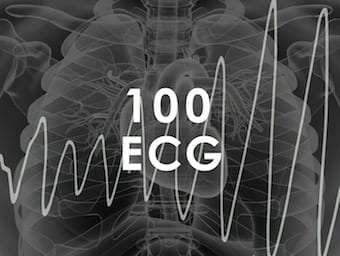
Pulmonary Embolism: Next Generation
Lauren Westafer introduces the concept of a new generation of pulmonary embolism (PE). What was once considered a deadly disease process now carries a mortality rate of <3%, which may be driven by overtesting as well as overdiagnosis.







